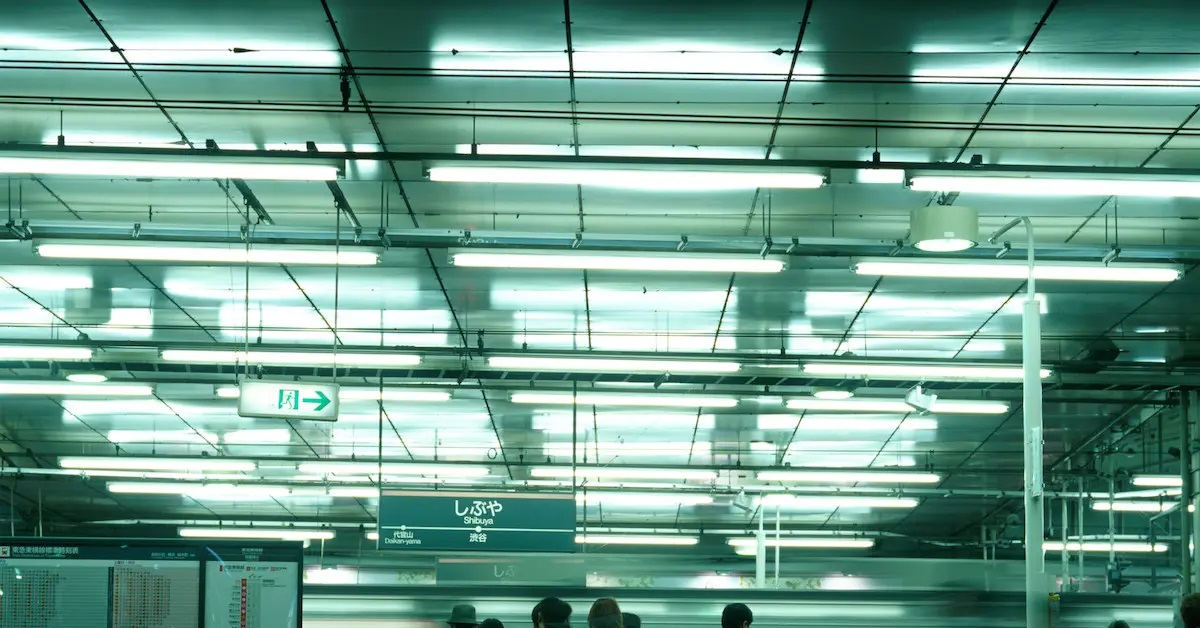

Articles
Where To Dispose Of Fluorescent Tubes
Modified: February 4, 2024
Discover the best articles on where to dispose of fluorescent tubes. Expert tips and guidelines for safe and eco-friendly disposal methods.
(Many of the links in this article redirect to a specific reviewed product. Your purchase of these products through affiliate links helps to generate commission for Storables.com, at no extra cost. Learn more)
Introduction
Proper disposal of fluorescent tubes is vital for both environmental and health reasons. These tubes contain small amounts of mercury, a toxic element that can pose serious risks if released into the environment. Unfortunately, many people are unaware of the potential harm associated with improper disposal and end up throwing them in regular household trash, contributing to the contamination of landfills and water sources.
Fluorescent tubes are commonly used in homes, offices, and public buildings due to their energy efficiency and long lifespan. However, when it comes time to replace them, it’s important to handle their disposal responsibly. In this article, we will explore different options for safely disposing of fluorescent tubes.
Key Takeaways:
- Proper disposal of fluorescent tubes is crucial to prevent mercury contamination, conserve resources, and comply with legal regulations. Recycling options and local hazardous waste facilities provide convenient and environmentally responsible disposal methods.
- When handling broken fluorescent tubes, follow specific guidelines to minimize exposure to mercury vapor and ensure safe disposal. Contact local authorities for guidance and never dispose of broken tubes with regular household waste.
Read more: Where To Dispose Fluorescent Tubes Near Me
Why Proper Disposal of Fluorescent Tubes is Important
The proper disposal of fluorescent tubes is crucial for several reasons.
- Mercury Contamination: Fluorescent tubes contain a small amount of mercury, a highly toxic substance. When these tubes break or are improperly disposed of, the mercury can be released into the environment. Mercury poisoning can have severe health effects on humans and wildlife, including neurological and developmental disorders.
- Environmental Impact: When fluorescent tubes end up in landfills, the mercury can seep into the soil and contaminate groundwater. From there, it can enter larger bodies of water, leading to widespread environmental damage. The mercury is absorbed by fish and other aquatic organisms, which can then be consumed by humans, causing further health risks.
- Resource Conservation: Fluorescent tubes are made up of valuable materials, such as glass, metal, and phosphor powder, which can be recycled and reused. By properly disposing of fluorescent tubes, we can reduce the need for new manufacturing and conserve natural resources.
- Legal Compliance: Improper disposal of fluorescent tubes may be against the law in many areas. Local regulations often restrict the disposal of fluorescent tubes in regular trash bins due to their hazardous nature. It is important to be aware of and follow the regulations in your area to avoid any legal consequences.
In order to minimize the negative impact of fluorescent tubes on the environment and human health, it is crucial to ensure their proper disposal. By choosing responsible disposal methods, we can protect our ecosystems, conserve resources, and safeguard the well-being of future generations.
Recycling Options for Fluorescent Tubes
When it comes to disposing of fluorescent tubes, recycling is the most environmentally friendly option. Recycling allows the valuable materials in the tubes to be reclaimed and reused while ensuring that the harmful mercury is properly contained.
Here are some recycling options for fluorescent tubes:
- Local Household Hazardous Waste Facilities: Many cities and municipalities have designated household hazardous waste facilities where residents can drop off their fluorescent tubes. These facilities have the expertise and proper infrastructure to handle and recycle hazardous materials safely.
- Retailers and Manufacturers Take-Back Programs: Some retailers and manufacturers offer take-back programs for fluorescent tubes. They provide collection bins or specific drop-off locations where customers can return their used tubes. These programs often have recycling partnerships in place to ensure proper disposal and recycling of the tubes.
- Municipal Recycling Programs: Some municipalities have specialized recycling programs that accept fluorescent tubes. These programs may have scheduled collection events or designated drop-off locations where residents can bring their tubes for recycling.
- Online Recycling Resources: Various websites and online platforms provide information on where and how to recycle fluorescent tubes. These resources can help you locate nearby recycling centers or connect you with recycling services in your area.
When preparing fluorescent tubes for recycling, it is important to handle them with care. Wrap the tubes in newspaper or bubble wrap to prevent breakage during transport. It is also advisable to call ahead to ensure that the recycling facility or program you plan to use accepts fluorescent tubes, as some locations may have specific guidelines or restrictions.
By opting for recycling, we can ensure that fluorescent tubes are disposed of properly and that their valuable materials are recycled rather than being wasted. Recycling not only reduces environmental risks but also contributes to resource conservation and a more sustainable future.
Local Household Hazardous Waste Facilities
Local household hazardous waste facilities provide a convenient and safe option for disposing of fluorescent tubes. These facilities are designed to handle various types of hazardous waste, including items such as paint, batteries, and of course, fluorescent tubes.
The primary benefit of utilizing household hazardous waste facilities for fluorescent tube disposal is that they have the necessary expertise and infrastructure to handle hazardous materials safely. They are equipped with proper containment systems, trained personnel, and specialized recycling processes to ensure that the tubes are disposed of in an environmentally responsible manner.
Here are a few key points to keep in mind when considering local household hazardous waste facilities:
- Location: Research and identify the nearest household hazardous waste facility in your area. Many cities and towns have designated collection sites specifically for household hazardous waste.
- Accepted Items: Check the specific guidelines provided by the facility to determine what types of waste they accept, including fluorescent tubes. It’s worth noting that some facilities may charge a small fee for certain items.
- Preparation: When preparing your fluorescent tubes for drop-off, make sure they are intact and not broken. Broken tubes can release mercury vapor into the air, posing a health and safety risk. If any of your tubes are broken, follow the appropriate broken tube disposal guidelines.
- Transportation: When transporting fluorescent tubes, it’s important to handle them with care. Place them in a sturdy container that will prevent any potential breakage while in transit. If you have multiple tubes, consider wrapping them in newspaper or bubble wrap to provide additional protection.
- Operating Hours: Check the operating hours of the facility to ensure that you visit during their designated drop-off times. Some facilities may require appointments, so it’s best to plan ahead.
- Additional Services: Some household hazardous waste facilities may also offer other services such as recycling for other types of electronic waste or hazardous materials. Take advantage of these services to dispose of other items as well.
By utilizing local household hazardous waste facilities, you can ensure that your fluorescent tubes are disposed of in a safe and responsible manner. This not only protects the environment but also contributes to the overall well-being of your community.
Retailers and Manufacturers Take-Back Programs
Retailers and manufacturers take-back programs offer a convenient and accessible option for disposing of fluorescent tubes. These programs are designed to encourage responsible disposal of products and ensure that they are properly recycled or disposed of.
Here’s what you need to know about retailers and manufacturers take-back programs for fluorescent tubes:
- Participating Retailers: Many retailers that sell fluorescent tubes offer take-back programs. These retailers often have collection bins or drop-off locations where customers can return their used tubes. Some examples of participating retailers include home improvement stores, lighting stores, and even some grocery stores.
- Manufacturers’ Responsibility: In some cases, manufacturers of fluorescent tubes have initiated take-back programs as part of their corporate sustainability initiatives. These programs aim to ensure that the tubes they produce are properly recycled or disposed of, reducing their environmental impact.
- Recycling Partnerships: Retailers and manufacturers that offer take-back programs usually have partnerships in place with recycling facilities or waste management companies. These partnerships ensure that the collected fluorescent tubes are processed in an environmentally responsible manner.
- Program Requirements: Each take-back program may have specific requirements or restrictions. It’s important to familiarize yourself with the guidelines provided by the participating retailer or manufacturer. They may have limitations on the number of tubes you can return at one time or specific packaging instructions.
- Convenience: Using a take-back program offered by a retailer or manufacturer can be incredibly convenient. Since these locations are often easily accessible, you can drop off your used tubes during your regular shopping trips, making it a hassle-free option.
When participating in a take-back program, it’s important to follow any instructions provided by the retailer or manufacturer. This may include packaging the tubes in a specific manner or ensuring that they are intact and unbroken.
By utilizing retailers and manufacturers take-back programs, you not only ensure the proper disposal of fluorescent tubes but also support the efforts of these organizations to promote sustainability and reduce environmental impact.
Many hardware stores and recycling centers offer fluorescent tube recycling services. Check with your local facilities to find the best option for disposing of your fluorescent tubes responsibly.
Read more: How To Safely Dispose Fluorescent Tubes
Municipal Recycling Programs
Municipal recycling programs provide a convenient and accessible option for disposing of fluorescent tubes in a responsible manner. These programs are typically managed by local governments and are designed to promote recycling and the proper disposal of various materials, including hazardous items like fluorescent tubes.
Here’s what you need to know about municipal recycling programs for fluorescent tubes:
- Program Availability: Many cities and towns have established recycling programs that accept fluorescent tubes. These programs may have designated drop-off locations or scheduled collection events where residents can bring their used tubes for recycling.
- Accepted Items: Municipal recycling programs generally have guidelines on the types of materials they accept, including fluorescent tubes. It’s important to review their specifications to ensure that your tubes are eligible for recycling through the program.
- Drop-Off Locations: Municipal recycling programs often have specific drop-off locations for fluorescent tubes. These locations may include recycling centers, transfer stations, or even dedicated drop-off events organized by the local government. Check with your municipality to locate the nearest drop-off point.
- Collection Events: Some municipalities organize periodic collection events where residents can bring various types of hazardous waste, including fluorescent tubes, for proper disposal. These events usually have specific dates and times, so it’s important to stay informed about upcoming events in your area.
- Transportation and Packaging: When transporting fluorescent tubes to a municipal recycling program, ensure they are safely stored in a sturdy container to prevent breakage. It’s also helpful to wrap the tubes in newspaper or bubble wrap to provide additional protection.
- Additional Services: Municipal recycling programs may offer additional services for the proper disposal of other types of hazardous waste. Take advantage of these services to dispose of other items in an environmentally responsible manner.
Participating in your local municipal recycling program not only ensures that your fluorescent tubes are properly disposed of but also supports the overall sustainability efforts of your community. By recycling these tubes, valuable materials can be reclaimed and reused, reducing the need for new production and minimizing environmental impact.
Be sure to stay informed about the specific guidelines and requirements of your municipal recycling program to ensure a smooth and successful tube recycling experience.
Online Recycling Resources
Online recycling resources provide a convenient and user-friendly way to locate recycling options for fluorescent tubes. These resources can help you find nearby recycling centers, drop-off locations, or other avenues for properly disposing of your used tubes.
Here’s what you need to know about utilizing online recycling resources:
- Websites and Directories: Various websites and online directories specialize in providing information on recycling options for different materials, including fluorescent tubes. These websites typically allow you to search by location, making it easy to find recycling facilities or programs in your area.
- Environmental Organizations: Many environmental organizations maintain websites that offer recycling resources for different materials. These websites often provide comprehensive information about the importance of recycling and the specific steps you can take to properly dispose of fluorescent tubes.
- Local Government Websites: Your local government’s website may have dedicated sections or resources on recycling and waste management. These resources can provide information about municipal recycling programs, collection events, and drop-off locations for fluorescent tubes.
- Online Forums and Communities: Participating in online forums or communities focused on sustainability and recycling can be a great way to connect with others who have experience and knowledge on proper fluorescent tube disposal. These forums often provide valuable insights, recommendations, and suggestions for recycling resources in your specific area.
When using online resources to find recycling options for fluorescent tubes, it’s essential to verify the information and confirm the details regarding the disposal process. Check for any specific requirements, such as packaging instructions or limitations on the number of tubes that can be dropped off at once.
By utilizing online recycling resources, you can conveniently locate nearby recycling centers or programs, ensuring that your fluorescent tubes are properly recycled and contributing to a more sustainable future.
Disposal Guidelines for Broken Fluorescent Tubes
Dealing with broken fluorescent tubes requires extra caution due to the potential release of mercury vapor. It’s essential to follow proper disposal guidelines to minimize any risks to your health and the environment. Here are some guidelines to follow:
- Protect Yourself: Before handling any broken tubes, put on gloves and safety glasses or goggles to protect yourself from any potential exposure to mercury or broken glass shards.
- Ventilate the Area: If the breakage occurs indoors, open windows and doors to allow for adequate ventilation. This helps to dissipate any potential mercury vapor that may have been released.
- Clean Up Safely: Carefully collect the broken glass and debris using disposable gloves or tongs. Avoid using a vacuum cleaner or broom, as this can spread the mercury and make the cleanup process more challenging.
- Place in a Sturdy Container: Place the broken glass, debris, and any intact portions of the tube into a sealable, leak-proof container. Use a glass jar or a rigid plastic container with a screw-on lid to prevent any further breakage.
- Label the Container: Clearly label the container with the words “Broken Fluorescent Tube” to alert others of its contents and the need for proper precautions during handling and disposal.
- Seal the Container: Make sure that the container is tightly sealed to prevent any release of mercury vapor. You can use duct tape or an additional layer of plastic wrap to secure the lid.
- Contact Local Authorities: Check with your local hazardous waste management facility, environmental agency, or municipality to inquire about the proper disposal method for broken fluorescent tubes. They will guide you on where to take the sealed container for safe disposal.
- Do Not Vacuum: Never use a vacuum cleaner to clean up broken fluorescent tubes. The vacuum’s suction can spread mercury vapor throughout the air and contaminate the vacuum cleaner itself.
- Dispose of Properly: Do not dispose of broken fluorescent tubes with regular household waste. The local authorities will provide instructions on how to dispose of the sealed container, either through a collection event or a designated hazardous waste facility.
It’s crucial to handle broken fluorescent tubes carefully and follow these disposal guidelines to protect yourself, prevent the release of mercury vapor, and ensure the safe disposal of the broken glass and mercury-containing components.
If you are unsure about the proper disposal method for broken fluorescent tubes, always consult with your local authorities or hazardous waste management facility for guidance. They will provide you with the necessary information to handle and dispose of broken tubes safely.
Conclusion
Proper disposal of fluorescent tubes is essential for the safety of our environment and our health. These tubes contain small amounts of mercury, a toxic substance that can pose significant risks if not handled and disposed of correctly.
By understanding the importance of proper disposal, we can take steps to ensure that fluorescent tubes are recycled or disposed of in an environmentally responsible manner. Recycling options such as local household hazardous waste facilities, retailers and manufacturers take-back programs, municipal recycling programs, and online resources provide convenient avenues for safely disposing of these tubes.
When dealing with broken fluorescent tubes, it’s crucial to follow specific guidelines to minimize any potential exposure to mercury vapor. Taking the necessary precautions, properly cleaning up and packaging the broken tubes, and contacting local authorities for guidance on safe disposal are crucial steps in handling this situation.
Remember, the improper disposal of fluorescent tubes not only poses risks to our health but also contributes to the pollution of our landfills, water sources, and ecosystems. By choosing responsible disposal methods, we can protect our environment, conserve resources, and reduce the harmful impact of mercury on our planet.
Be proactive in seeking out the proper disposal options available in your area and encourage others to do the same. Together, we can make a significant impact in preserving our environment for future generations.
Dispose of your fluorescent tubes responsibly, recycle whenever possible, and spread awareness about the importance of proper disposal. By taking these small steps, we can make a big difference in creating a cleaner, safer, and more sustainable world.
Frequently Asked Questions about Where To Dispose Of Fluorescent Tubes
Was this page helpful?
At Storables.com, we guarantee accurate and reliable information. Our content, validated by Expert Board Contributors, is crafted following stringent Editorial Policies. We're committed to providing you with well-researched, expert-backed insights for all your informational needs.
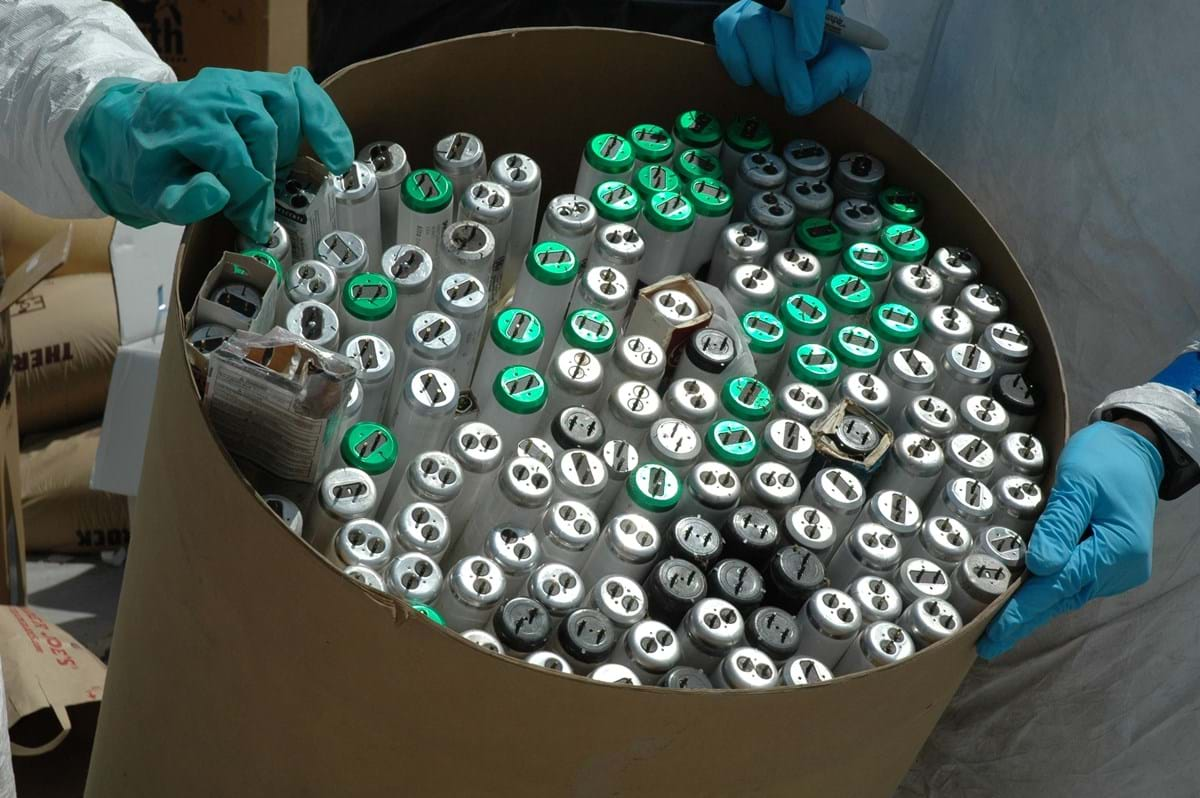
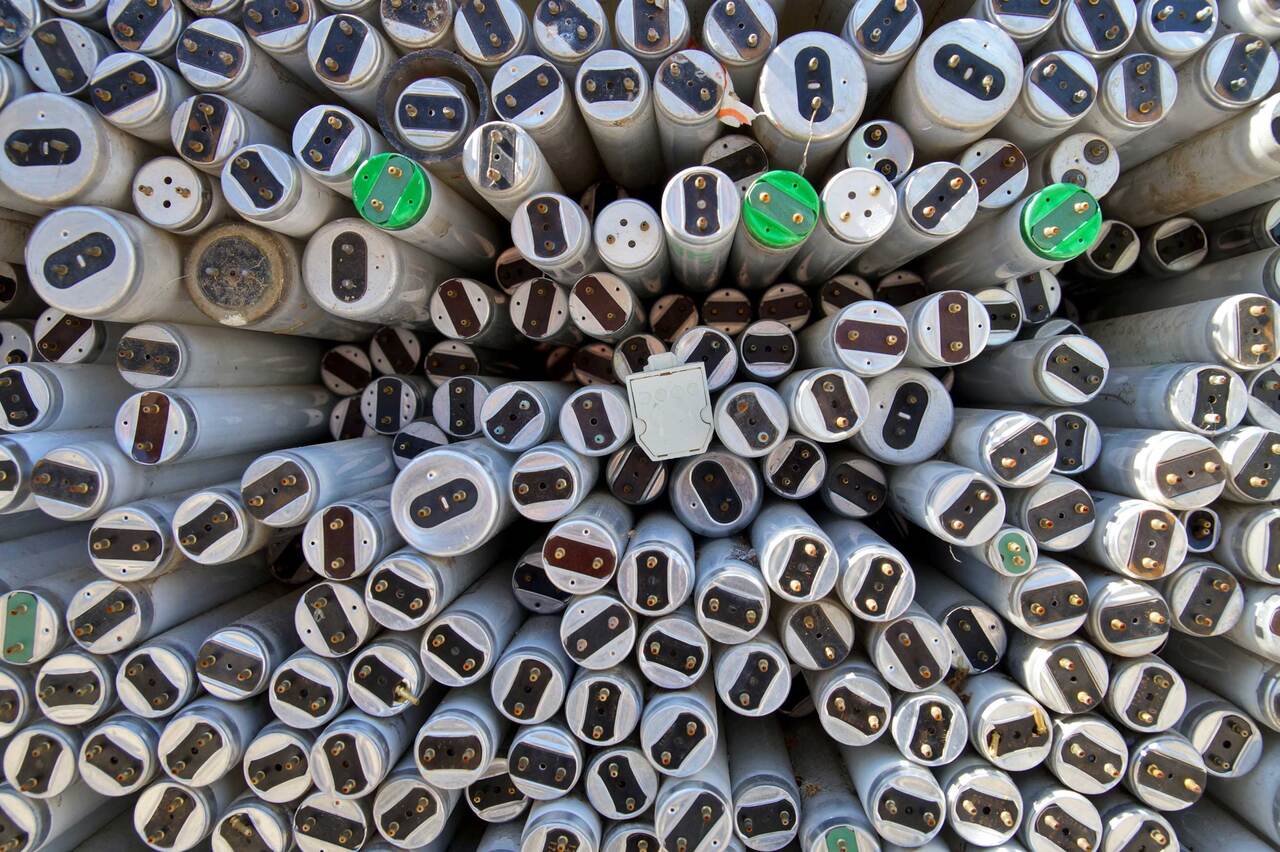
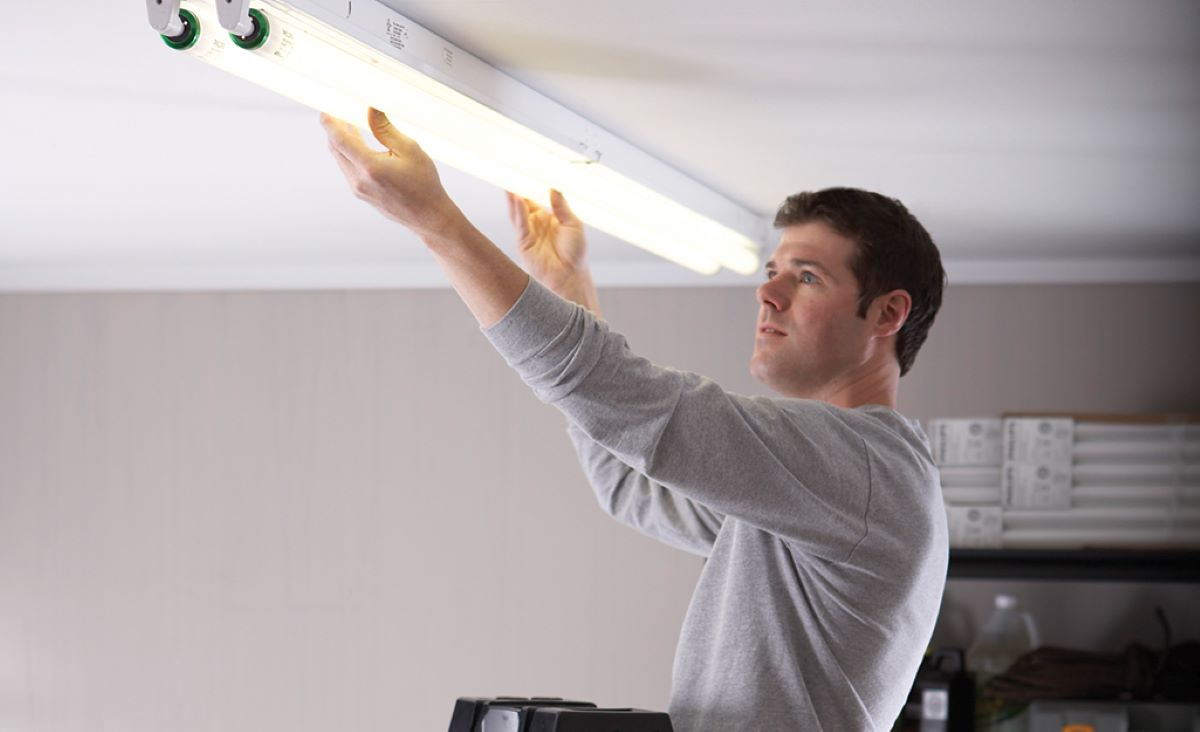
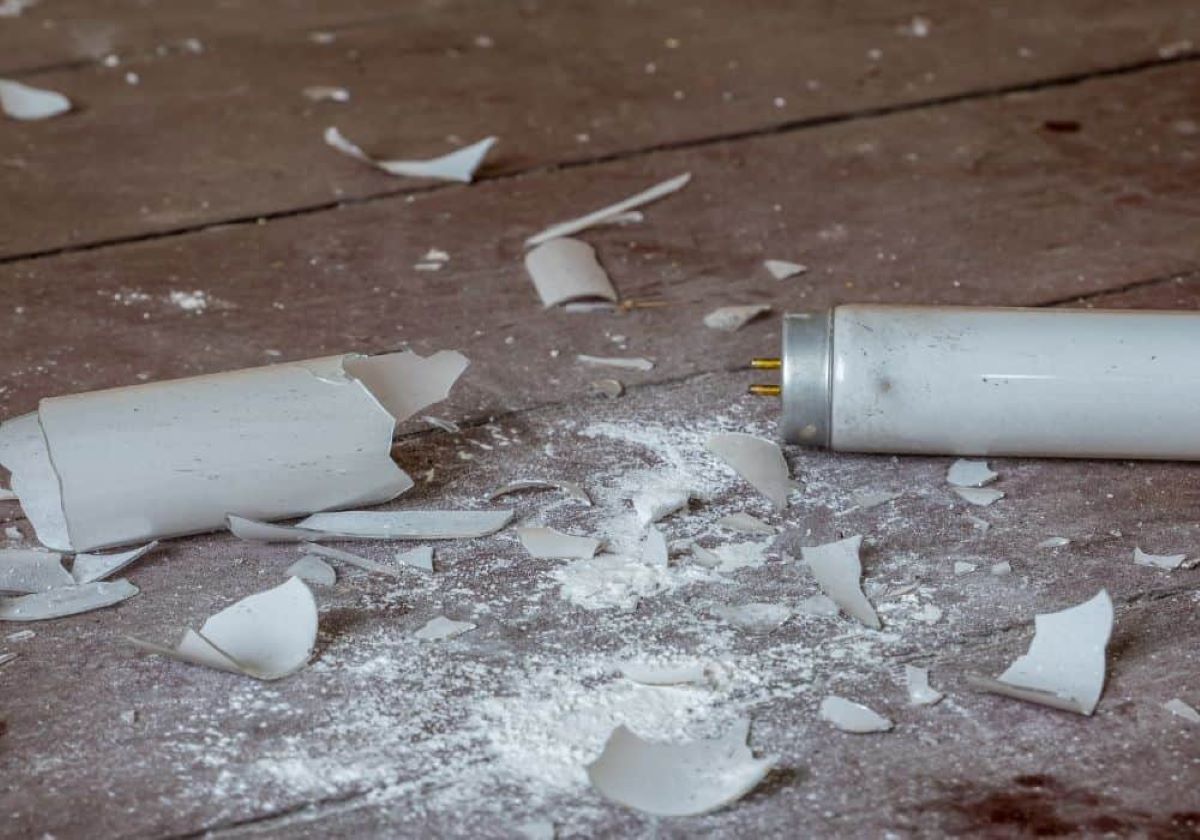
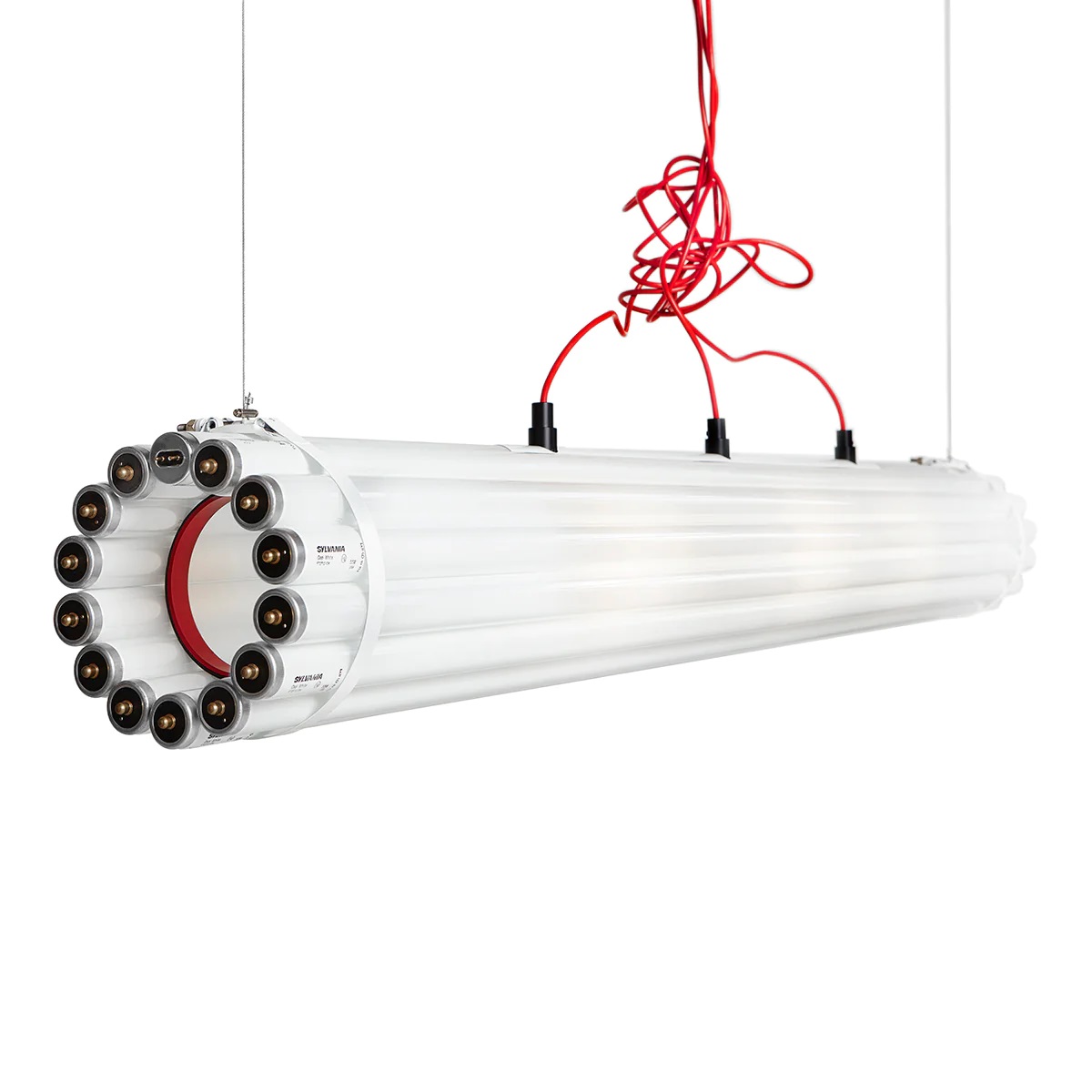
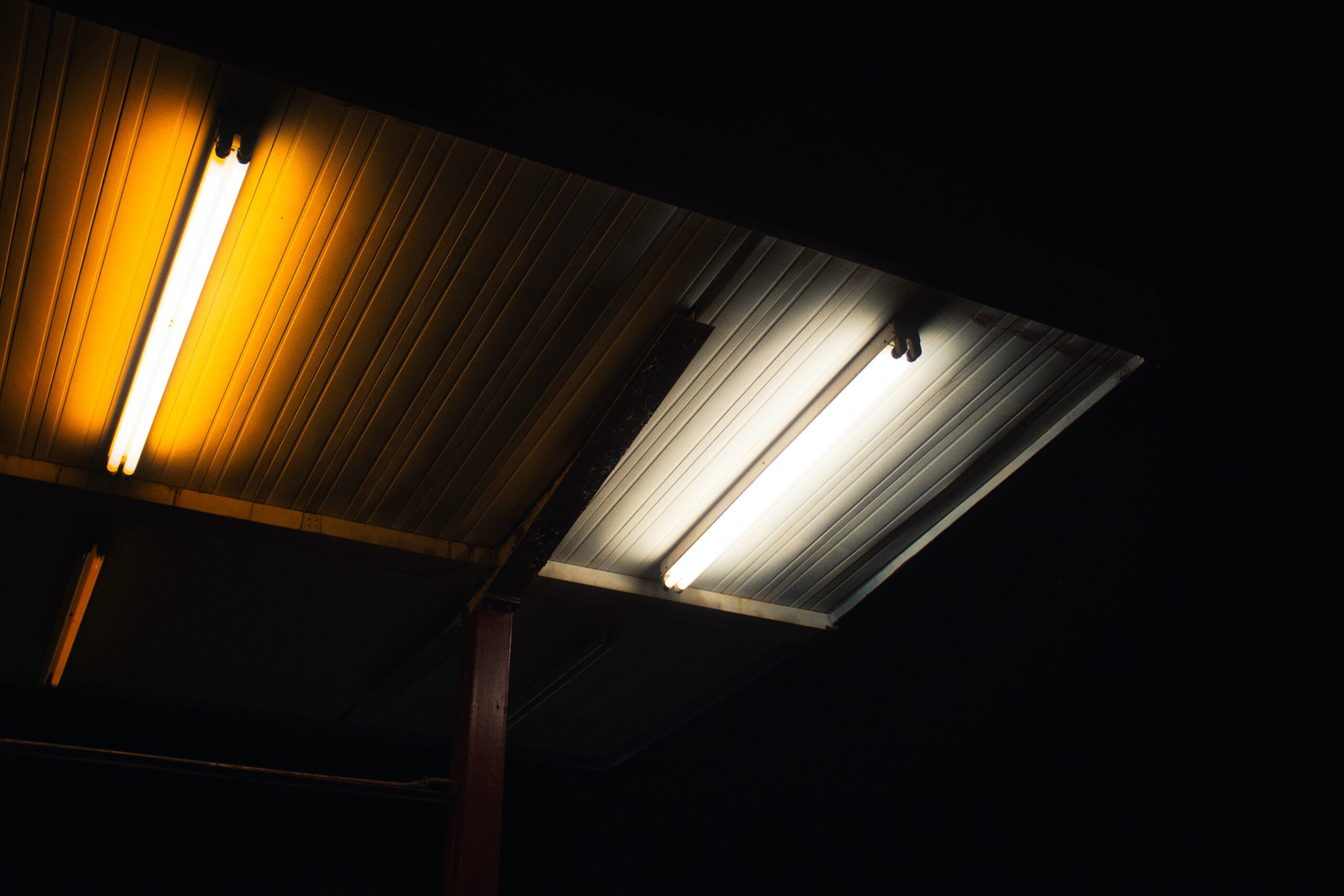
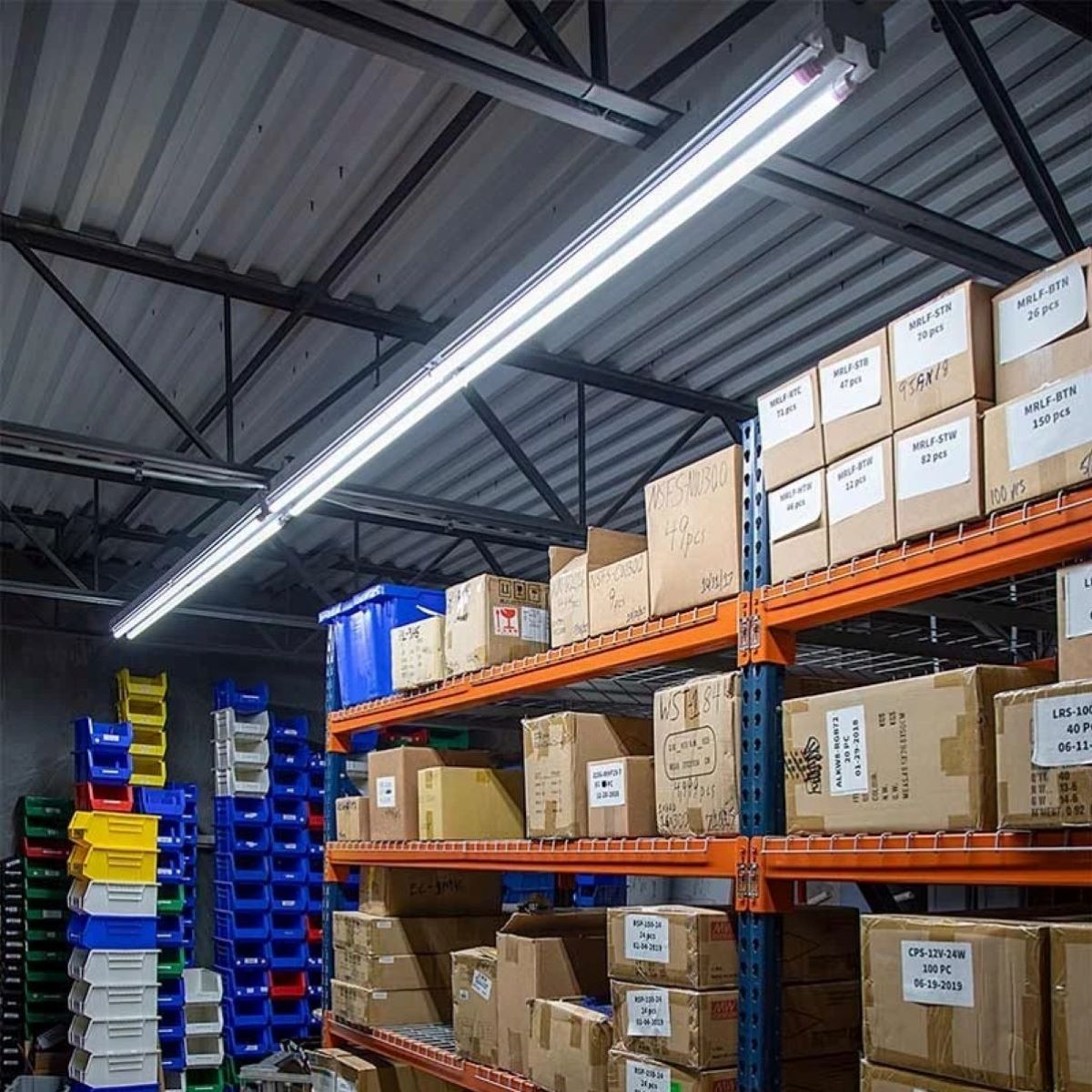
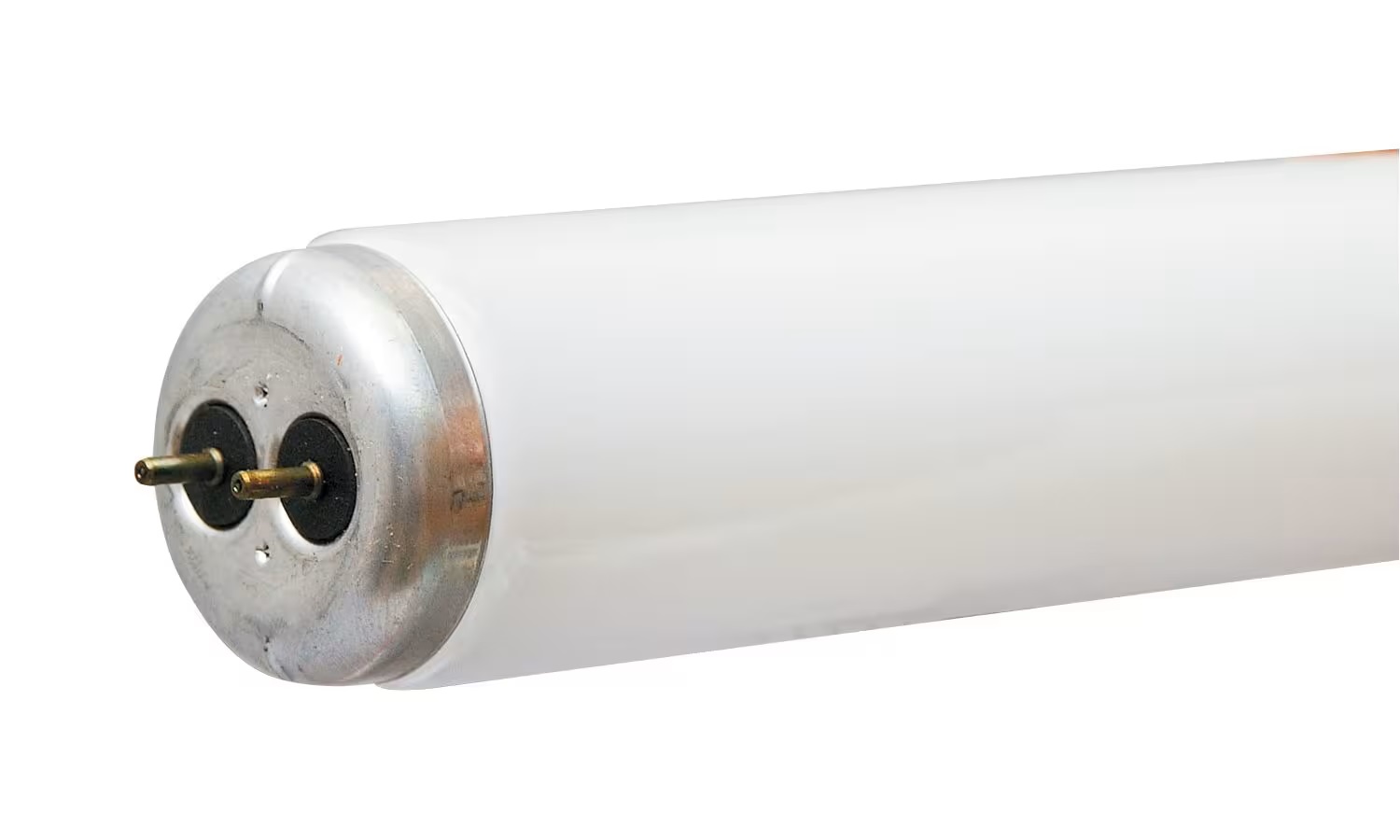
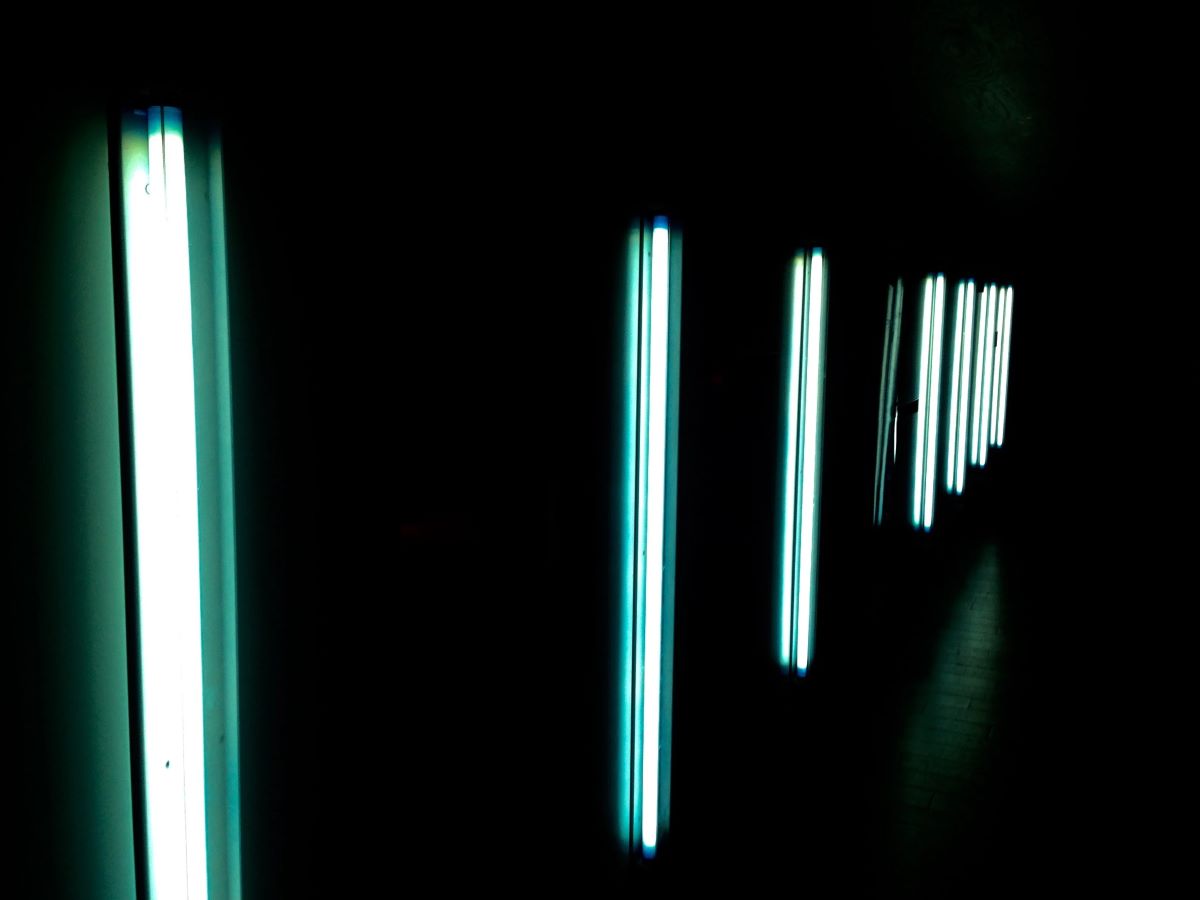
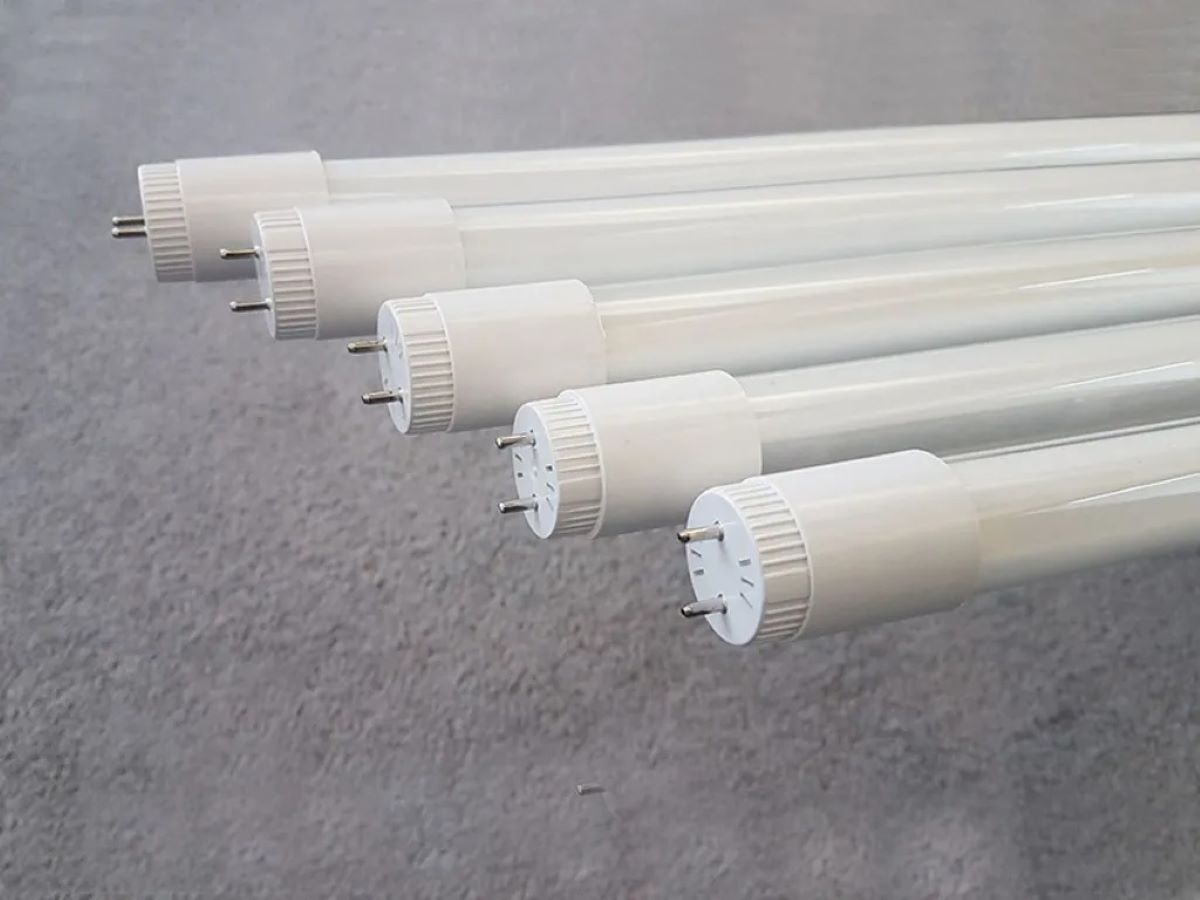
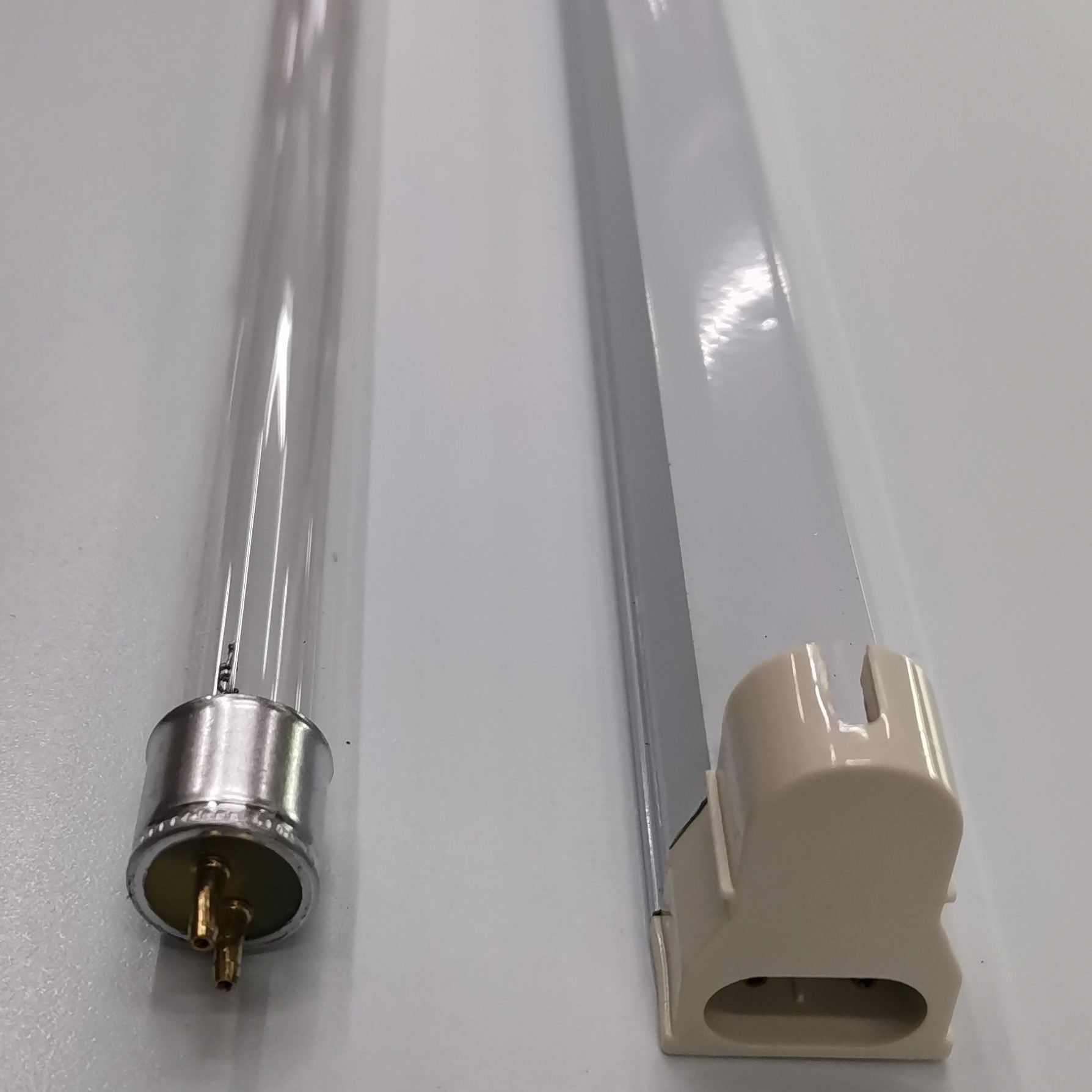


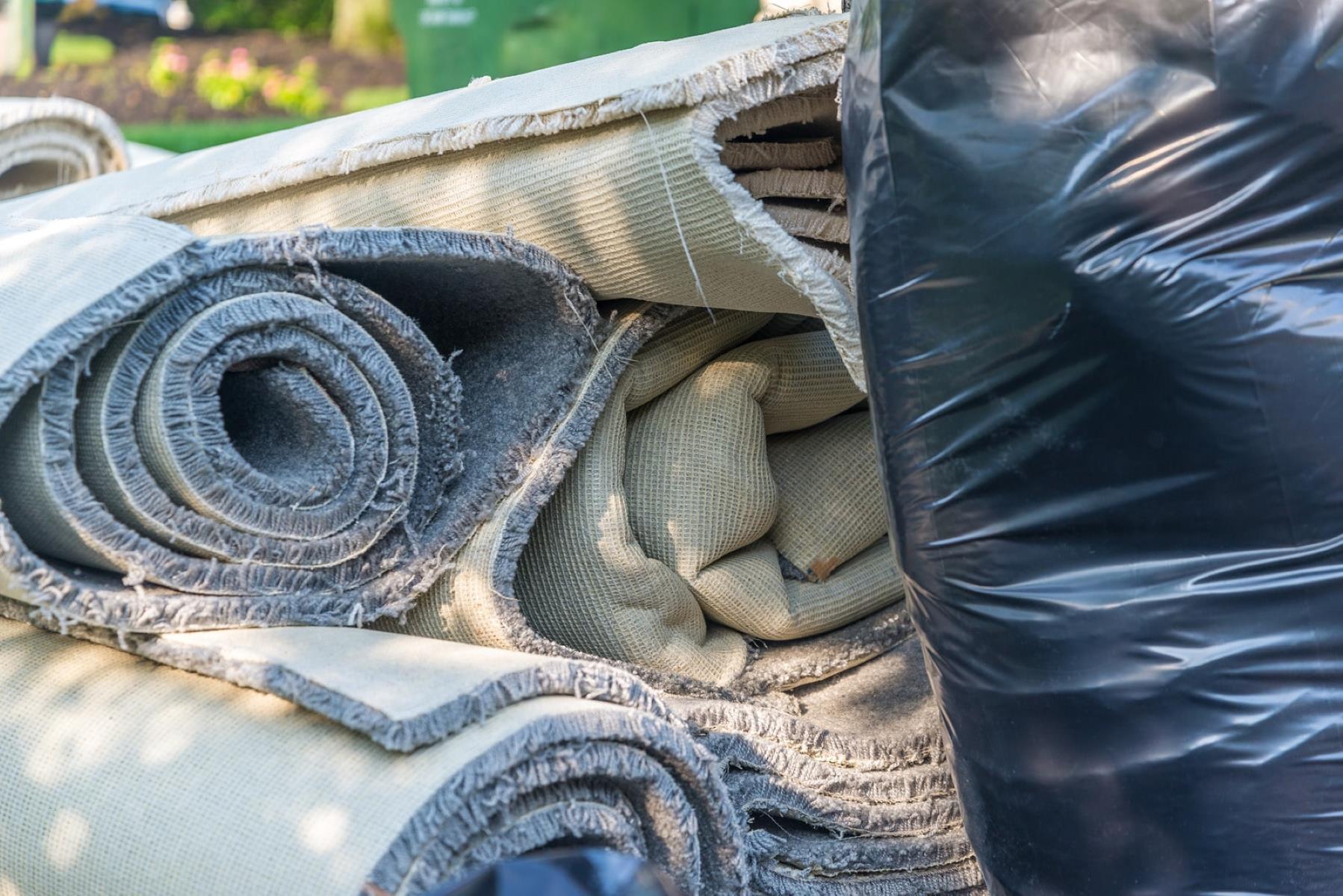

0 thoughts on “Where To Dispose Of Fluorescent Tubes”